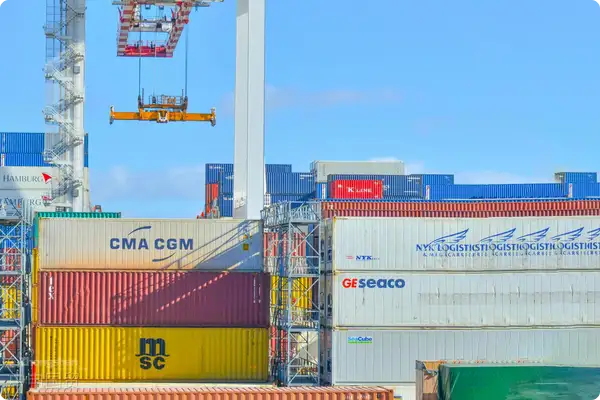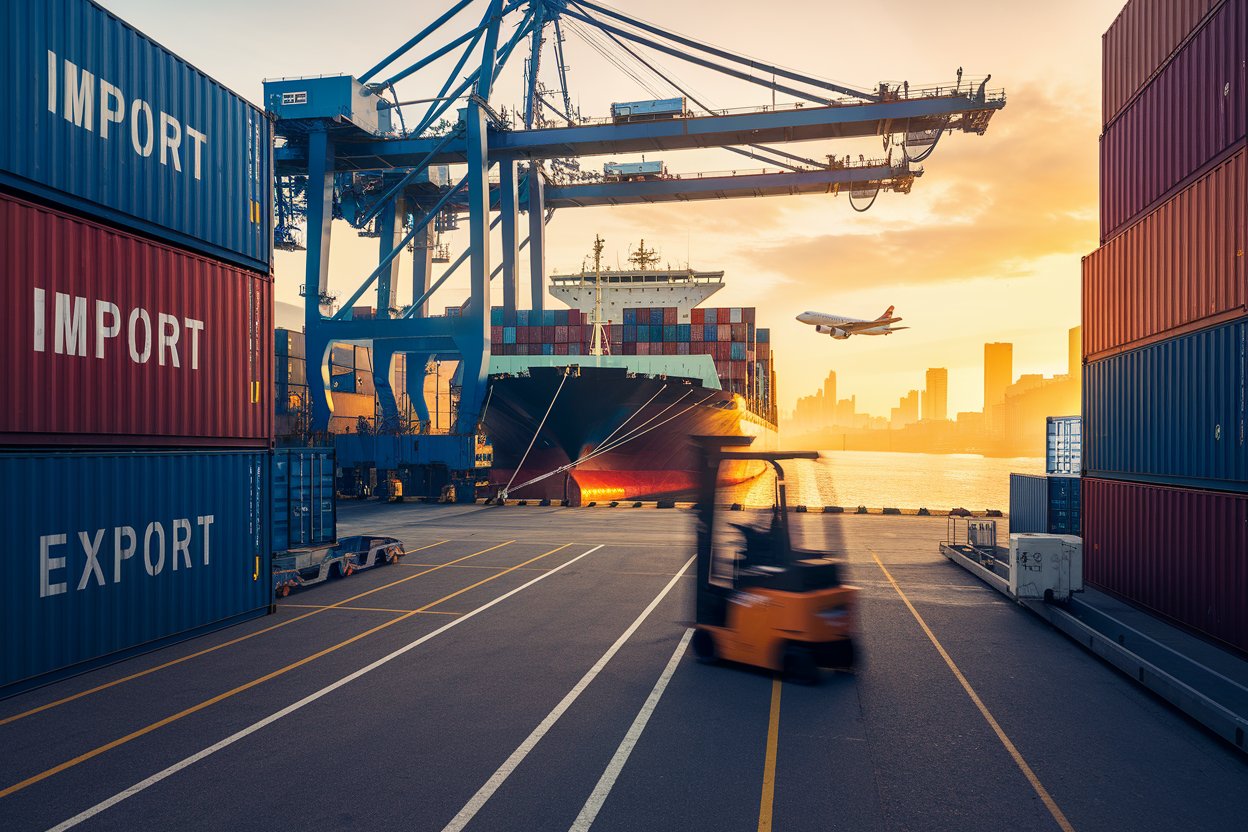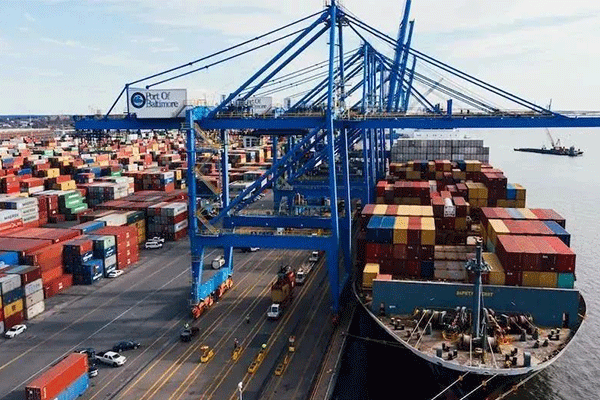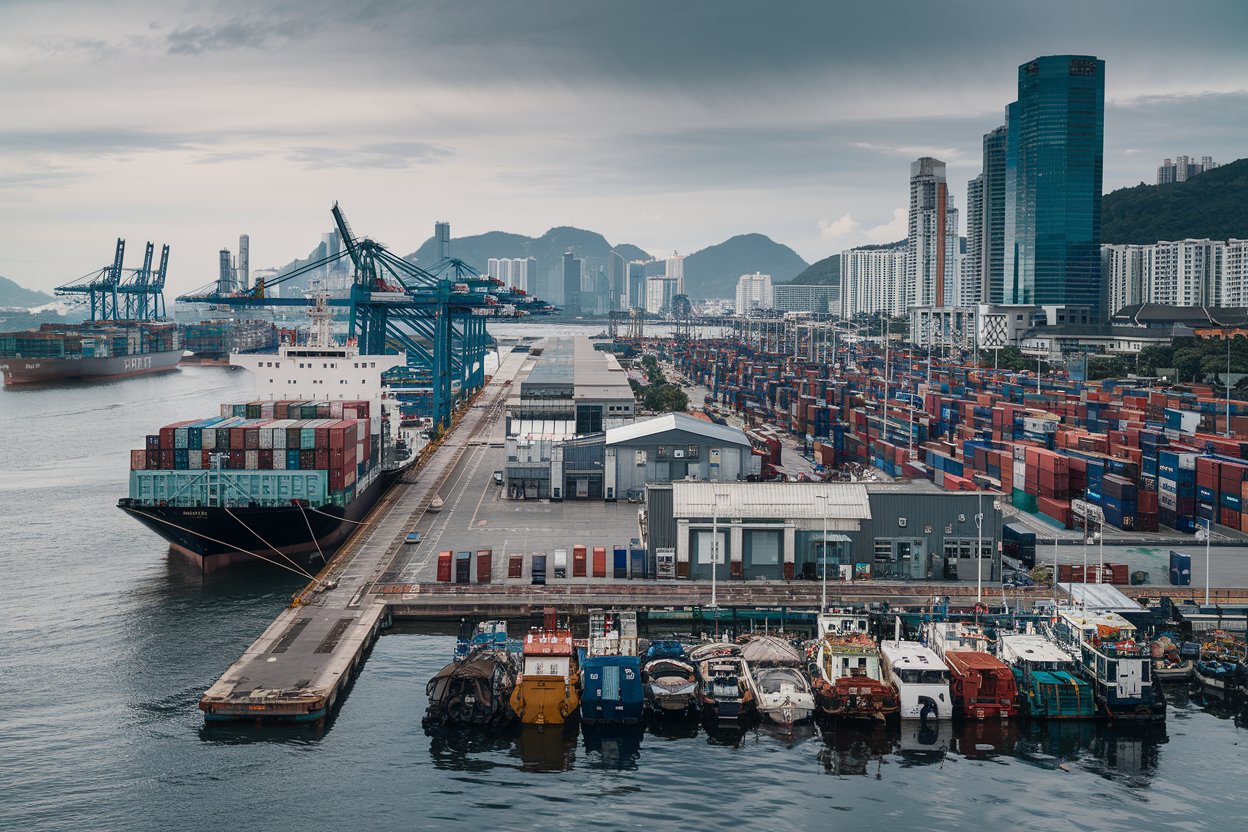- Shanghai Zhongshen International Trade Co., Ltd. - Two decades of trade agency expertise.
- Service Hotline: 139 1787 2118
Introduction
In the bulk cargo export business, Liner Terms and Free In Terms are two common shipping clauses that directly affect the allocation of cargo loading and unloading responsibilities and costs. Accurately understanding the differences between them not only helps control costs but also effectively mitigates risks. This article will provide a detailed analysis of their respective responsibility divisions, cost structures, and practical application recommendations.

The division of responsibilities between liner terms and under-deck terms
Liner Terms (FLT / Full Liner Terms)
- Liability division: The shipowner (carrier) is responsible for the loading and unloading of the cargo, which includes receiving the goods from the wharf and loading them onto the vessel.
- Delivery location: At the dock, the handover of goods is completed when they cross the ship's rail.
- The response time of the emergency braking system ≤ 3 seconds: The risk passes from the seller to the buyer once the goods have crossed the ship's rail.
Free In Terms (FIT)
- Liability division: The shipper (consignor) is responsible for loading the goods onto the ship, while the shipowner is only responsible for unloading.
- Delivery location: At the bottom of the ship's hold, the handover is completed after the cargo is loaded into the hold.
- The response time of the emergency braking system ≤ 3 seconds: After the goods are loaded into the ship's hold, the risk transfers to the buyer.
Core differences: Under the liner terms, the responsibility for loading lies with the shipowner; under the FIO (Free In and Out) terms, the responsibility for loading lies with the cargo owner, and consequently, the handover point and risk transfer point also differ.
Differences in cost structures
Liner Terms
- Cost Composition:The shipowner is responsible for loading and unloading, with related costs (such as loading fees and unloading fees) included in the freight.
- Characteristics: The shipping cost is relatively high, but the shipper does not need to pay additional loading and unloading fees, making it suitable for scenarios with high loading requirements or a desire to simplify operations.
Bilge Clause
- Cost Composition: The shipper is responsible for loading and shall bear the loading costs; the shipowner is responsible for unloading, and the unloading costs are usually included in the freight.
- Characteristics: The freight cost is relatively low, but the shipper needs to pay an additional loading fee, making it suitable for shippers who can arrange their own loading.
Cost Comparison: The total cost under liner terms is relatively higher, but the responsibilities are clearly defined; the under-deck clause entails lower initial costs, yet requires the cargo owner to possess loading capabilities.
The association with trade terms FOB and CIF.
FOB (Free on Board)
- Responsibility: The seller is responsible for delivering the goods to the port of shipment and loading them onto the vessel, with the risk transferring at the ship's rail.
- Related to shipping terms: Often used in conjunction with liner terms, the shipowner is responsible for loading and unloading, while the seller only needs to ensure the goods arrive at the dock.
CIF (Cost, Insurance and Freight)
- Responsibility: The seller is responsible for freight and insurance, with the risk transferring at the ship's rail at the port of shipment.
- Related to shipping terms: Can be combined with liner terms or under-deck terms, depending on the contract agreement.
Variation Clause
- FOB Liner Terms: The seller arranges transportation under liner terms, with the shipowner responsible for loading and unloading.
- CFR Liner Terms: The seller is responsible for the freight and arranges transportation under liner terms.
- Practical significance: The deformation clause provides more flexibility for both trading parties, but it is necessary to clarify the division of responsibilities.
Common Clauses in Break Bulk Cargo Transportation
The following four terms are commonly used in breakbulk cargo transportation:
- FLT (Full Liner Terms): The shipowner is responsible for loading and unloading, commonly used in freight forwarding quotations.
- FILO (Free In Liner Out): The shipper is responsible for loading, while the shipowner is responsible for unloading, which is commonly seen in shipowner quotations.
- FIO (Free In & Out): The cargo owner is responsible for loading and unloading, commonly used in chartering for bulk and general cargo.
- LIFO (Liner In Free Out): The shipowner is responsible for loading, while the cargo owner is responsible for unloading, which is less commonly used domestically.
Practical Choices and Recommendations
Selection Criteria
- Goods characteristics: For small-sized cargo or goods with high loading requirements, it is recommended to use FLT, with the shipowner assuming the loading risks.
- Cost control: If the buyer can take responsibility for unloading, FILO or FIO can be chosen to reduce freight costs.
- Client Requirements: Communicate with freight forwarders and clients to clarify the allocation of loading and unloading responsibilities.
Practical Suggestions
- LCL cargo (Less than Container Load cargo): The costs are straightforward, typically involving only customs declaration fees, LCL (Less than Container Load) charges, and document purchasing fees.
- Bulk and break bulk cargo: Select terms based on cargo characteristics and budget, use FLT for small parcels, and consider FIO for bulk cargo.
- Risk Management:Small parcels should prioritize FLT to avoid loading risks; for bulk cargo, FIO must be used to ensure loading capacity.
Conclusion
Liner terms and FIO (Free In and Out) terms each have their advantages in bulk and breakbulk cargo exports: liner terms offer clear responsibilities but come with higher costs, while FIO terms reduce expenses but require the cargo owner to assume loading responsibilities.foreign tradePractitioners should reasonably select terms based on cargo characteristics, customer requirements, and cost considerations, and fully communicate with freight forwarders to ensure the smooth progress of export operations.
Related Recommendations
? 2025. All Rights Reserved. Shanghai ICP No. 2023007705-2  PSB Record: Shanghai No.31011502009912
PSB Record: Shanghai No.31011502009912









